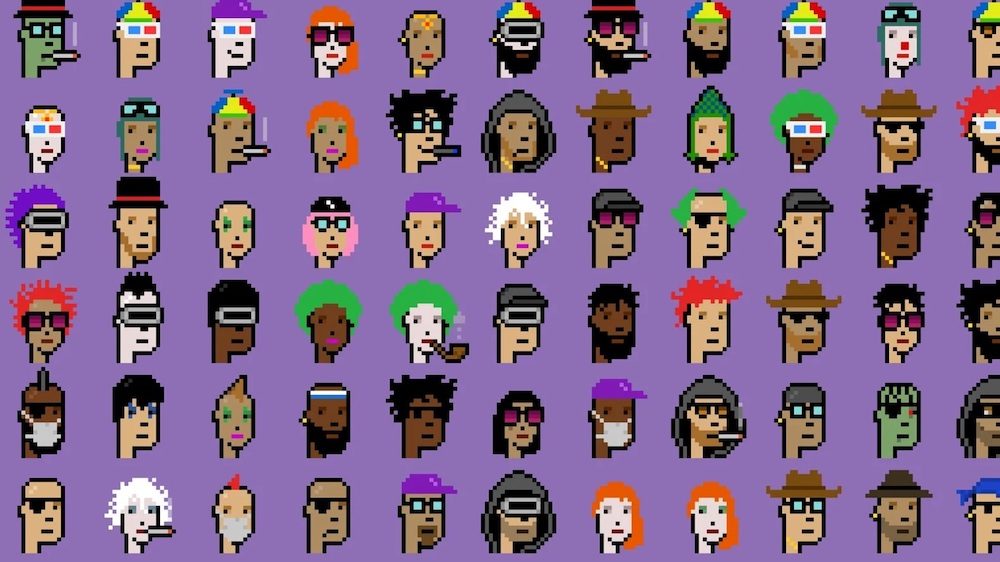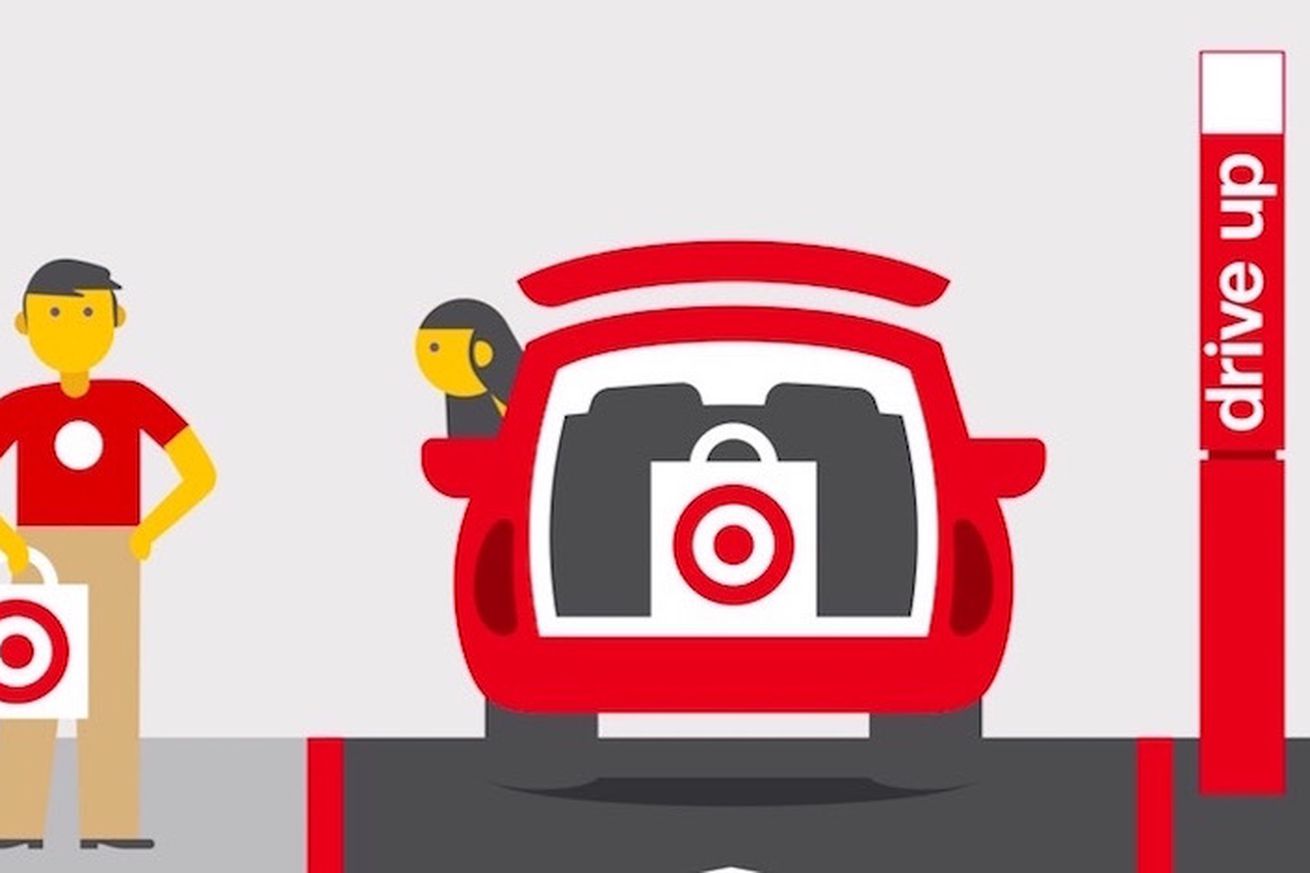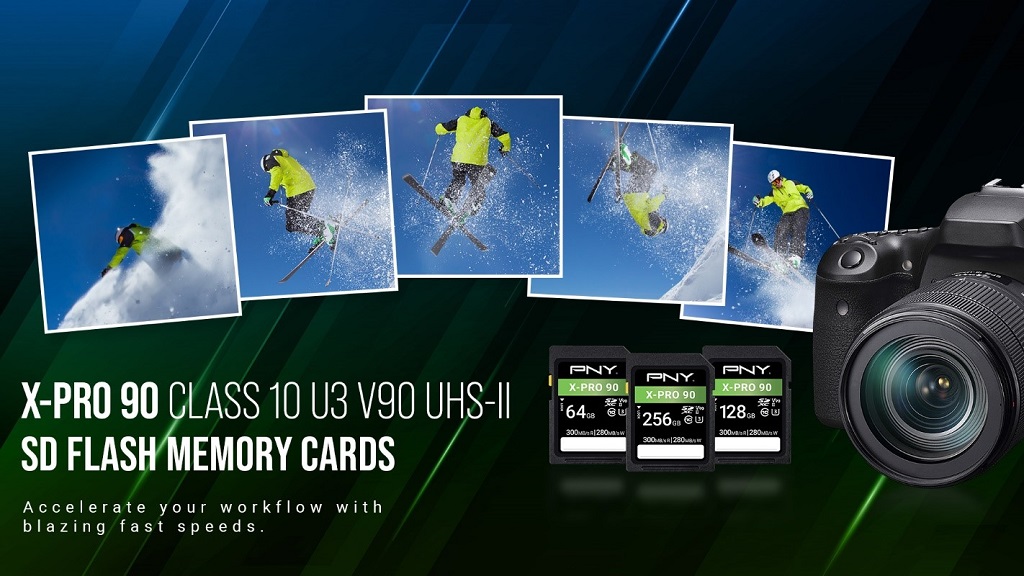
Many artists are considering that the inscription of a work in a blockchain, in the form of a non-fungible token (NFT), is a safe and reliable means to sell it since it implies the unquestionable and permanent record of the information.
It is a ledger, distributed, indelible and unalterable, with the information of all the NFT transactions: when they were carried out, for what amount, and who were the buyers and sellers, as well as the codes of their respective portfolios. digital.
The NFTs are a solid and transparent means to carry out sales operations, but they pose problems in transactions of goods with intellectual property rights, because they do not guarantee what is being sold: what rights over the work the owner of the NFT acquires and neither They offer guarantees on the identity of the seller, which does not go beyond the code of their digital wallet.
But the use of tokens as digital assets to demonstrate ownership of an asset poses a problem that can render the NFTs created to date “empty” within a decade: the identification of the asset and the terms of the transaction does not. they are secured on a decentralized blockchain. The NFT remains “empty” if it disappears, or its inalterability cannot be demonstrated.
When it comes to creative works, the possibilities are endless. As an example: when you buy the NFT of a novel or a movie, what do you buy? The right to private use of a copy? All rights of use, or distribution, or made available within certain limits of territory, distribution window or temporality? Exclusively, or may the author make similar assignments to other people or organizations ?, etc.
The buyer of an NFT does not own more than a unique hash in the blockchain with a transactional record and a hyperlink to a web address. So the NFTs offer the robustness of the blockchain to demonstrate the ownership of the good and know the entire sequence of transactions, but to date without information on the conditions of the transaction or the identity of the seller.
It is paradoxical, for example, that the buyers of the 10,000 CryptoPunks, drawn by Larva Labs and sold through NFTs discover that despite being, supposedly the owners of these characters, their author (Larva labs) has subsequently licensed the rights for their use in movies and series to United Talent Agency (UTA) one of the leading Hollywood agencies.
Did the NFT purchase not include all the exclusive rights to the character? Did it establish reserves for the author? Can subsequent transactions generate royalties for the owner? Where can I find the copyright information for these NFTs? Perhaps in some document on the project website – I have not found it – but in any case without the guarantees of inalterability and permanence of the NFT.
Furthermore, blockchains favor anonymity by identifying buying and selling parties solely by the code of their digital wallets, without any personal information. That the transaction does not provide any guarantee about the identity of the seller does not help to avoid fraud.
If the code of the digital wallet that the NFT offers for sale is found on a site with sufficient guarantees, such as the author’s official page, it can alleviate the anonymity of the blockchain. But the publication of the wallet from institutional seller pages is not always possible, and in any case it cannot be guaranteed that it will remain in future transactions.
For all these reasons, we have responded to these challenges, linking copyright information to the NFT through IPFS, in such a way that both elements are indelible and unalterable: the information and its link to the NFT. The NFTs coined in Safe Creative incorporate information of the identity of the creator and the copyrights, or registered intellectual property. We record copyright information in IPFS and link it to the NFT through its own link in such a way that both elements are indelible and unalterable: the information and its link to the NFT.
In this way, the problems posed by the NFTs of creative works are solved, which are basically; They do not include copyright information, or the identity of the creator of the NFT, or evidence that allows guaranteeing or evaluating the authenticity of the work and therefore the validity of the rights acquired. At this point, the information registered in an intellectual property registry establishes a proof of authorship based on the best proof in time, which additionally, in our case, can be reinforced by the prior registration of sketches created during the creative process of the construction site.
In this way, it is already possible to create NFTs that incorporate Copyright information. Well creating a unique NFT of the work with exclusivity character. Or, creating the edition of NFTs runs. for uses without exclusive rights, such as the printing of copies for private use. The edition of a circulation of NFTs, registers in the IPFS link of the NFT that the acquired rights are for private and not exclusive use of the work. The possibilities that can be developed in this line seem promising, so we are going to carefully follow the uses and suggestions, to expand this functionality. In addition to supporting copies of books or videos for personal use, they could be used for distribution licenses or made available in certain locations or distribution windows. In addition, it also includes the possibility of assigning a royalty% in the NFT that a wallet will automatically receive in each subsequent transaction.
Without a doubt, this new scenario offers exciting prospects and challenges.




